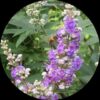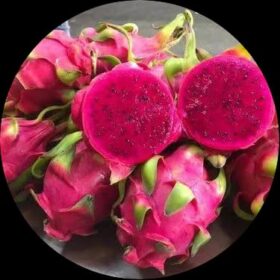- Empty cart.
- Continue Shopping
Kuvalam (Aegle marmelos) Medicinal
₹238.00Current price is: ₹238.00. Original price was: ₹638.00.
Genus : Aegle
“Discover the charm of Kuvalam Plant, an exquisite ornamental plant known for its fragrant flowers. Learn how to care for it and enjoy its delightful blooms.”
Add to cart
Aegle marmelos, commonly known as the “bael tree,” is a species of tree belonging to the Rutaceae family. It is native to India and is widely distributed in other Southeast Asian countries as well. The tree can grow up to 18 meters tall and has a straight, cylindrical trunk with a rough, greyish-brown bark.
The leaves of Aegle marmelos are compound, with 3-5 leaflets that are ovate or lanceolate in shape, with serrated edges. The leaves are 5-15 cm long and 2-7 cm wide, with a glossy green color on the top and a paler shade underneath. The tree produces small, fragrant flowers that are white or greenish-yellow in color and bloom from March to June. The flowers are followed by woody, globose fruit, about the size of a grapefruit, which has a hard, woody rind that must be cracked open to reveal the soft, aromatic pulp inside.
Aegle marmelos has a long history of use in traditional medicine. The fruit, leaves, and bark of the tree are all used for medicinal purposes. The fruit is particularly rich in antioxidants and contains a range of bioactive compounds, including alkaloids, coumarins, and essential oils. It is believed to have various health benefits and has been used to treat a range of ailments, including diarrhea, dysentery, respiratory infections, fever, diabetes, and skin disorders. The leaves and bark are also used for medicinal purposes, and have been traditionally used to treat a variety of ailments, including digestive disorders, wounds, and skin infections.
In addition to its medicinal uses, Aegle marmelos is also used in various other ways. The fruit pulp is used to make a refreshing drink, and the rind is used to make a traditional sweet called “murabba.” The wood of the tree is hard and durable and is used to make various tools, furniture, and handicrafts.
Add a review
Currently, we are not accepting new reviews













Reviews
There are no reviews yet